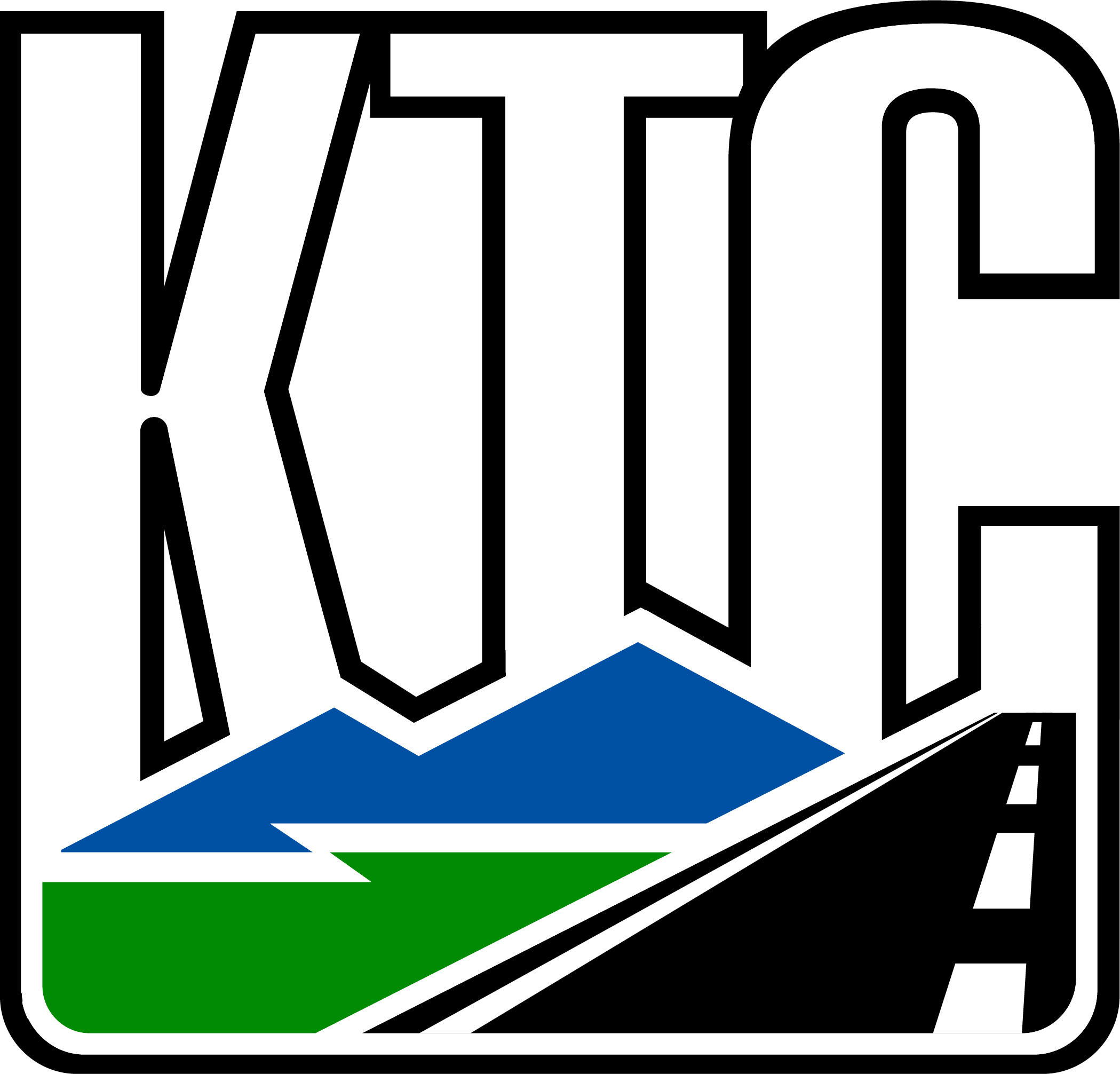Address Visual Traps with Pavement Markings
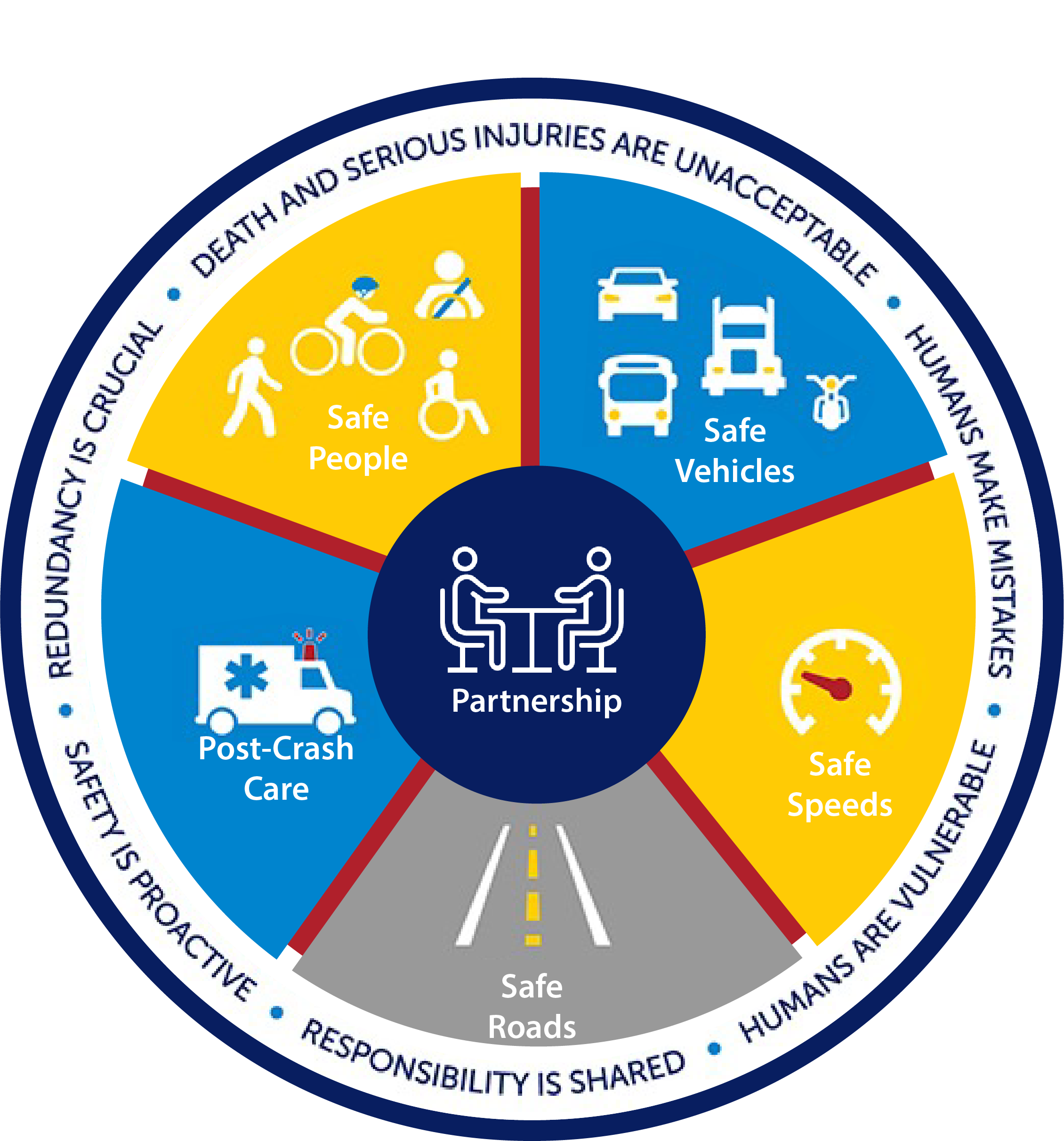
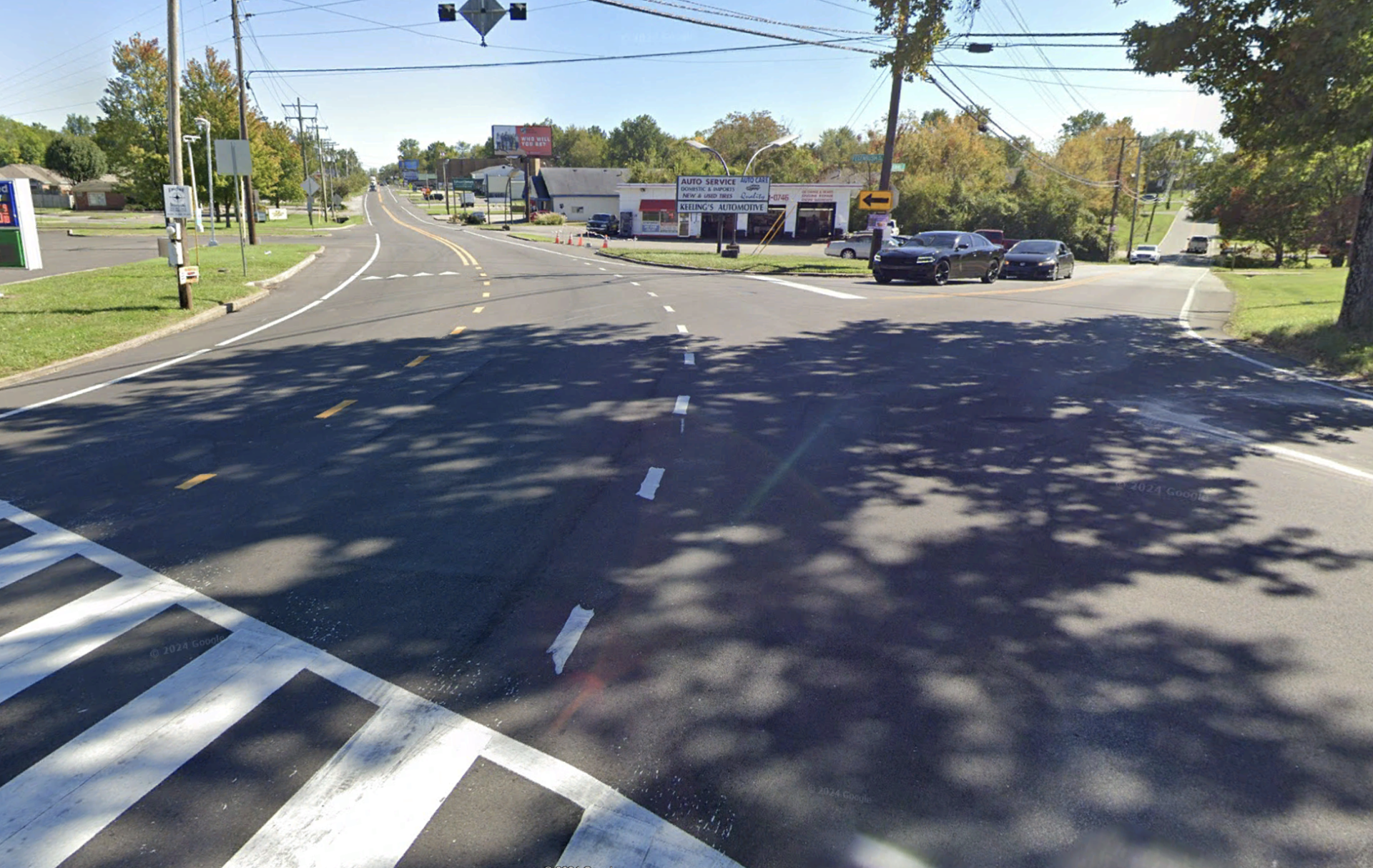
Image Source: Google Earth – Louisville, KY
DEFINITION AND DESCRIPTION
Pavement edge lines typically discontinue in areas such as intersections and large, commercial entrances. Offset, skewed, complex, or multi-leg intersections, on curved roadways, may create “visual traps” and cause driver confusion. Multiple or offset left-turn lanes may also benefit from channelization to guide the driver. Dotted lane line extensions and edge lines can be used through intersections.
Implementation Categories
| Area(s) | Traffic Operations, Operations & Maintenance, Construction |
| Safety Category | 4 |

CONSIDERATIONS
- Consult the MUTCD Section 3B.11 for more information on applications.
- TO-504 includes guidance on dotted lane line extensions. They are required for multiple turn lanes through the intersection.
- The TPM series Standard Drawings include typical pavement markings. Crosshatching may be used in areas at least 6 ft wide.
- Dotted lane line extensions markings consist of 2 ft line segments and 2-6 ft gaps. The MUTCD allows for solid lane lines or channelizing lines to extend into or through an intersection where greater restriction is preferred.
APPLICATION
- Develop pavement marking recommendations for “visual traps”. Consider intersection geometry, curvature, width of entrances, and intersection tapers. Also consider temporary pavement markings in work zones.
- Pavement marking details or plans abating the visual traps should be provided to:
-
- Maintenance prior to resurfacing
- Construction for applicable phases of traffic control
- Project development teams for permanent markings on capital improvement projects
-
example
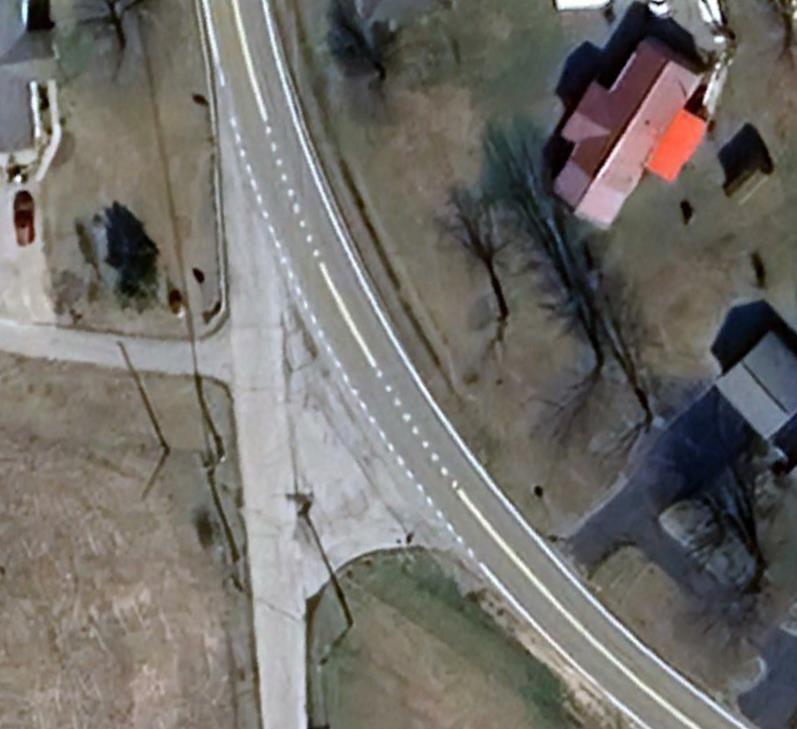
Image Source: Google Earth
Complimentary Countermeasures
REFERENCES AND RESOURCES
Federal Highway Administration. Manual on Uniform Traffic Control Devices for Streets and Highways (MUTCD), Federal Highway Administration, U.S. Department of Transportation, Washington DC, 2023. https://mutcd.fhwa.dot.gov/kno_11th_Edition.htm.
KYTC. Traffic Operations Guidance Manual. 2021.
CONTACT:
Chris VanDyke
Research Scientist | Program Manager
chrisvandyke@uky.edu
